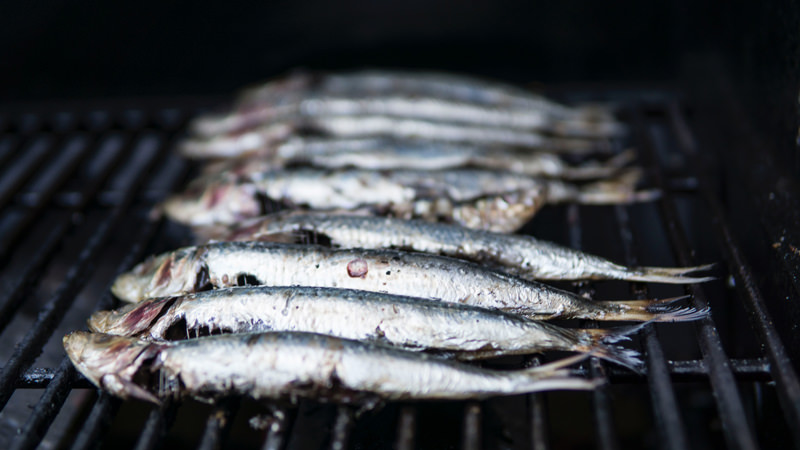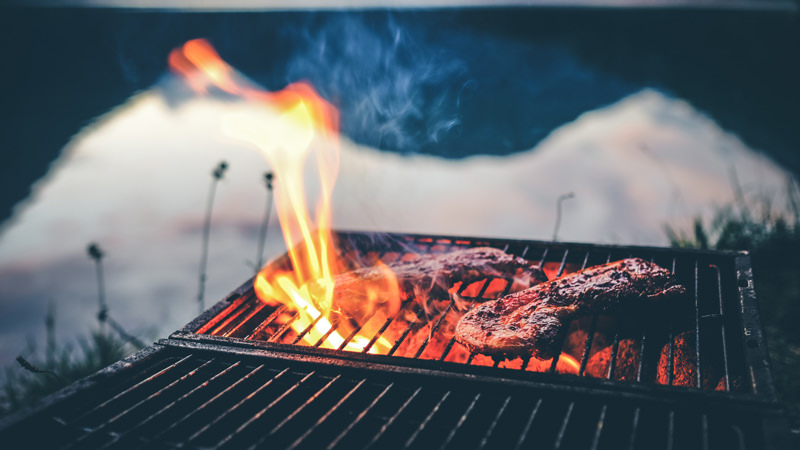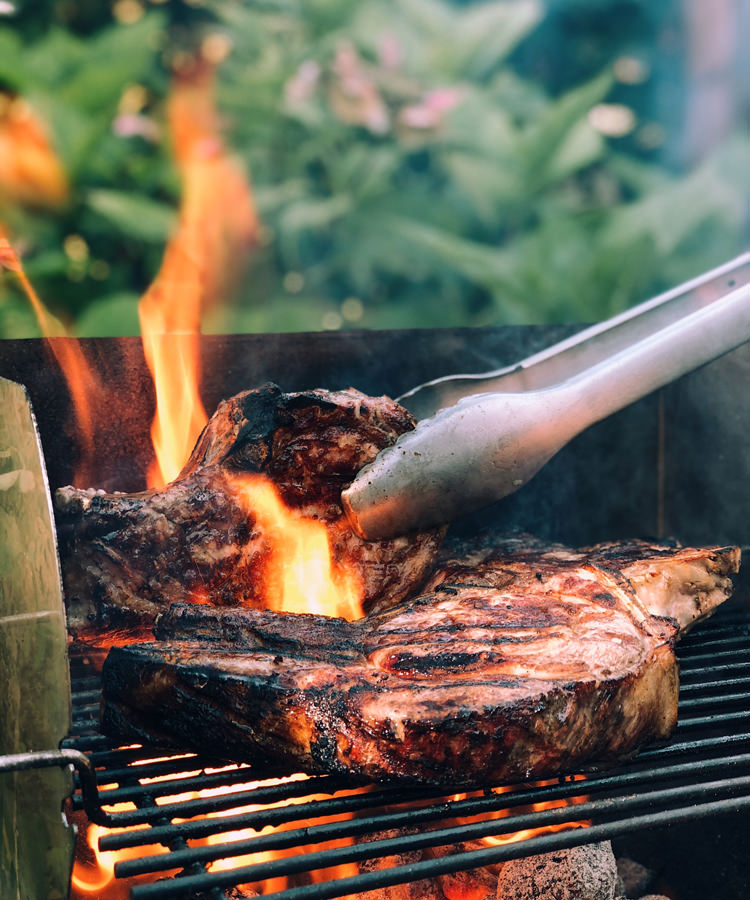
It’s been said that drinking wine goes best with a good meal. And in Chile, it’s been said that drinking wine goes best with a good meal from the grill.
Grilling is less of a seasonal activity as it is a state of mind. A well-worn grill is a humble tool; a stalwart companion to any back patio, newly stained deck, or rugged campsite. Sure it’s seen shinier days, but it’s ready for action regardless of the season, the temperature, or the news cycle. All it needs is fresh fuel.
A grape, on the other hand, is like a mercurial toddler. It needs warmth, water, constant attention and gentle nurturing in order to grow into a fully formed, mature, and — fingers crossed — complex wine.
Grapes are also like toddlers because they seem to be everywhere. But what sets apart the same varietal from Healdsburg, Stellenbosch, Pouilly-Fumé, and Long Island? Its upbringing.
Chile seems to have it all: a sprawling coastline of 2,670 miles, oxygen-rich Humboldt Current waters, cool winds pulled from the Andes, and a multitude of microclimates suitable for just about every grape. Producers have invested a considerable amount into sustainable, organic, and biodynamic practices to ensure the wine’s quality and its carbon footprint are as high and low, respectively, as possible. Simply put, Chile is an ideal place to make quaffable, ageable, robust, and delicate wine.
So, without further ado, open a bottle, fire up the grill, and enjoy this guide to Chilean wine pairing with grilled food!
Cabernet Sauvignon

Chilean winemakers plant around 95,000 acres’ worth of this noble grape, making it the world’s second-largest producer of Cabernet Sauvignon after la belle France. You’ll find Chilean Cabernet grown throughout the country, with some of the best bottles reigning from Maipo Valley. The wines are diverse, ranging from intense bold and toasty notes, to more elegant silky and vibrant styles. As a whole, though, the Cabernets tend to be more on the tart-but-fruity, with-black-cherry-tobacco-and-a-bit-of-various-peppers side of things.
Now, it’s no secret that a big red pairs with a hearty steak. But Chilean fare goes beyond your run-of-the-mill chop house. Think Patagonian lamb cooked asado al palo, on a spit, or stick next to a fire. After you’ve been patient for three or so hours, you’ll be rewarded with smoky, tender lamb meat. It’s best to serve alongside a healthy portion of pebre, a Chilean condiment made of chopped onions, tomatoes, garlic, cilantro, aji peppers, and olive oil. You won’t be sorry.
Sauvignon Blanc

Sauvignon Blanc production in Chile centers around Casablanca Valley. The wines make for perfect aperitifs, with a lively balance of herbs, grass, and tropical fruit backed by the acidity to clean your palate before another generous swig. The cool coastal climate bolsters the wine’s lean structure and adds just the right amount of salinity.
But don’t limit yourself. Along Chile’s expansive coastline there are plenty of winemakers who are making fabulous expressions of Sauvignon Blanc. The San Antonio Valley, 55 miles west of Santiago, has the ocean to thank for its colder daytime and nighttime temperatures, which extend the growing season and ripening time. This, plus the granitic soil, leads to herbaceous, acidic, and well-balanced offerings from the up-and- coming region. Limari Valley, on the other hand, is much farther north and has more of a hot and dry climate. Averaging around four inches of rainfall per year, grapes in the region tend to mimic the riper, fruit-driven styles of Napa Valley.
As for the grill, you’re best off with white meats. Perhaps that trout you caught earlier will do; just stuff it with some of your favorite herbs and lemon. Give it a sprinkling of salt, then you’re golden with this pairing.
Carménère

This Bordeaux expat is a particularly unique grape for Chile. Its Carménère was only discovered to be Carménère in 1994 and not, to Miles from “Sideways”’ delight, Merlot. It has restrained tannins, sturdy acidity, and aromas of both black peppercorns and green bell peppers (shout out to the aromatic compound pyrazine!). With tasting notes including tobacco, black cherry, and plum, this light-in-body red stands up to tender meats like pork on the grill. Keep your eyes peeled for vintages from the Colchagua Valley, along with the Cachapoal Valley.
Syrah

Because of the nearby Pacific Ocean, there are a couple schools of thought on Syrah in Chile. Coastal vintages are more apt to be leaner, brighter, and more acidic as opposed to the inland wines, which are bolder, earthier, and more structured. According to Ricardo Grellet, President of Pan-American Alliance of Sommeliers, “Sometimes just a piece of grilled cow with an excellent red wine makes our day.” He said it. Look for the Casablanca Valley, Elqui, and Choapa Syrahs for a tasty complement to your Fred Flintstone-sized steak.
Chardonnay & Pinot Noir

In case anyone is feeling left out — e.g., vegans and vegetarians — there are bountiful vegetables just yearning for a light drizzle of oil before hitting the grill. The delicate flavor profiles of vegetables, even with the char and smoke of a grill, are more suited for lighter-bodied wines. Enter two Old World powerhouses: Chardonnay and Pinot Noir.
Chile’s Chardonnay, especially those from Limarí, Malleco, and San Antonio Valley, exhibits a lean, medium body with meringue, stewed peach, and minerality topped off by outstanding acidity, thanks to the coastal climate. Try it with grilled corn; you sure will be happy.
Chilean Pinot is less of a dirt-filled (that’s intended as a compliment), Burgundian style. Instead, these well-balanced bottles are plush red with plum and allspice notes, and an elegant, almost creamy finish. Look for all-star Pinots from Leyda Valley and Bío-Bio, and get ready to take your grilled portobellos to new heights.
This article is sponsored by Wines of Chile. Taste the unexpected.
